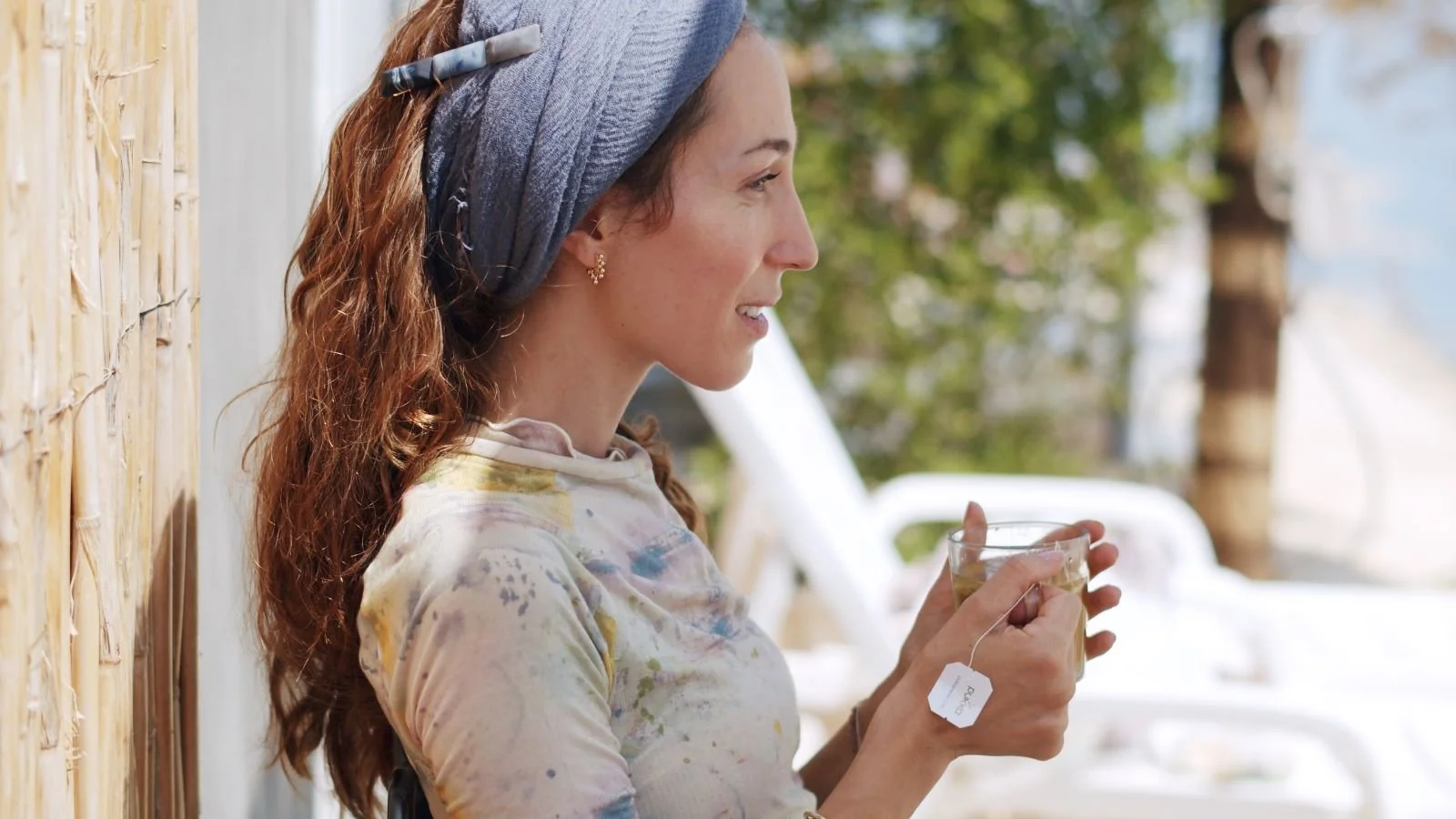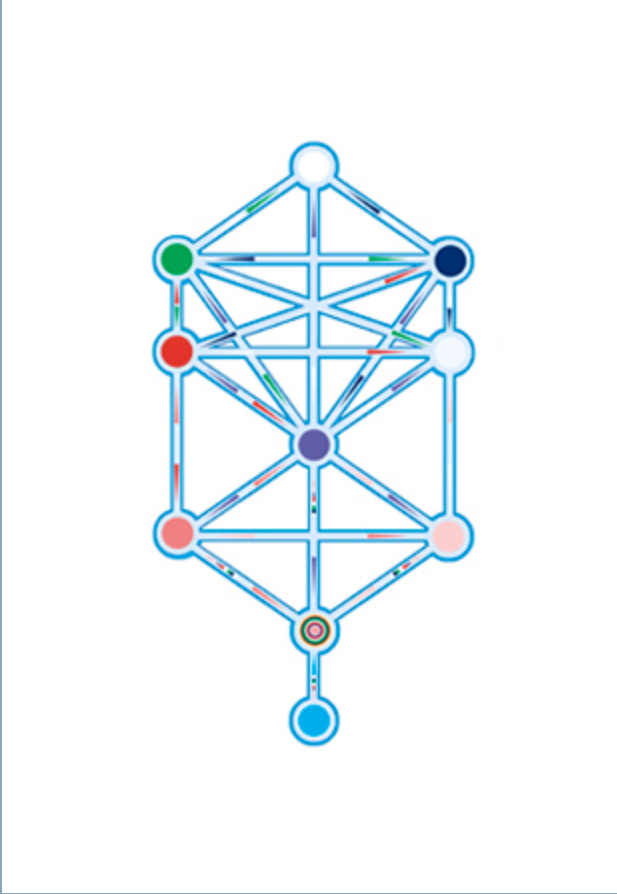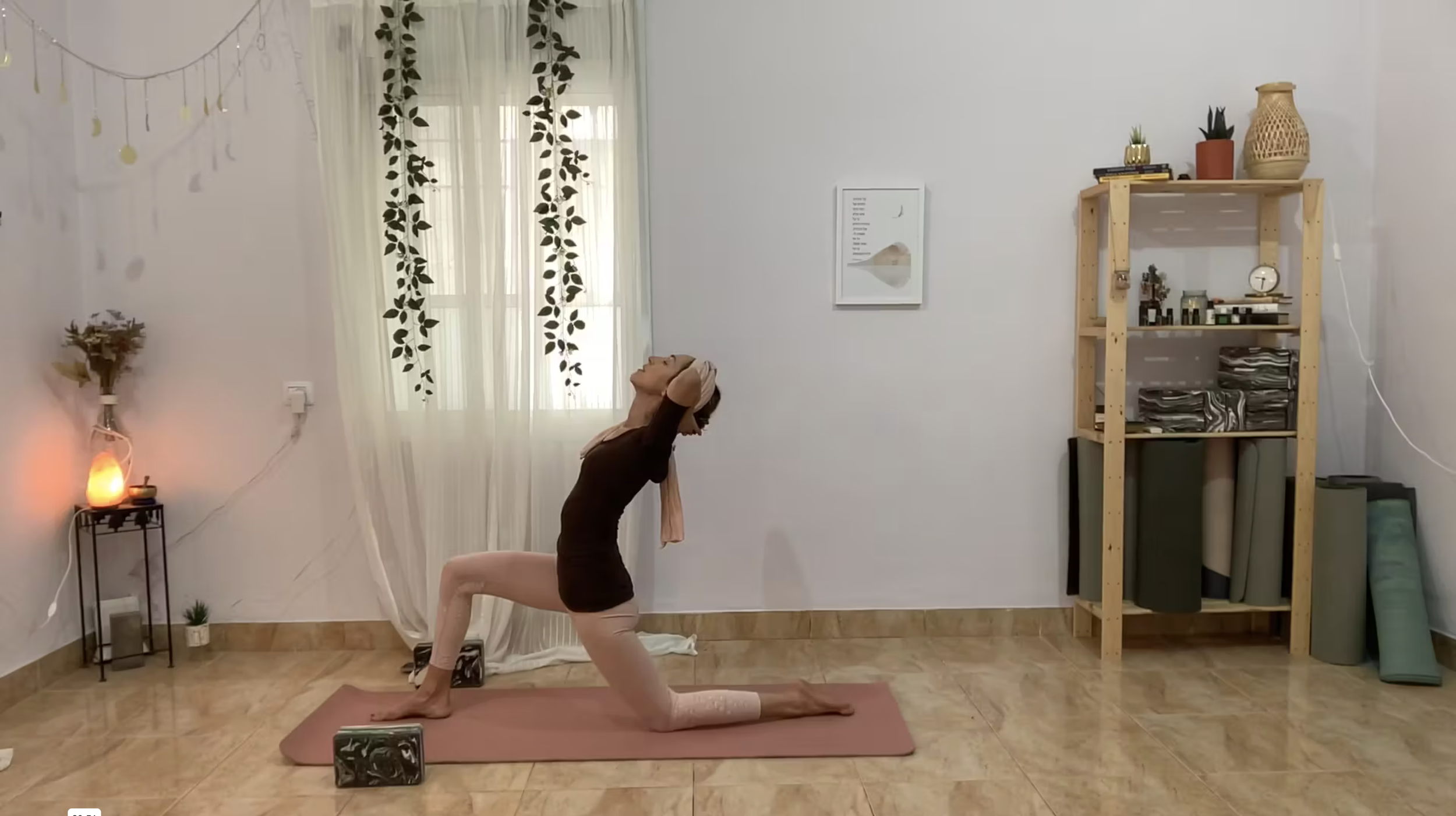Nissan Yoga: Throat Opening
Yoga for Throat Opening
By Jenna Zadaka
Jenna Zadaka, founder of Breath & Soul Yoga and Radiant Emanations, infuses Jewish mystical wisdom, yoga, and mindfulness into potent practices. Jenna founded the Jewish Yoga Course, a cyclical time yoga journey through the Hebrew Calendar, and a virtual Sefirot Embodiment Course. Learn more at breathandsoul.net or connect to her via Instagram at @breathandsoul_Jenna.
According to the mystical tradition of Kabbalah, the month of Nissan is the time to rectify our sense of speech. The holiday of the month, Pesach (Passover), breaks down into two linguistic parts: “Peh-Sach” which means, “the mouth speaks.” Passover is at the center of this month, and speech is at the center of Passover.
At the Passover Seder, as we retell the story of enslavement in Egypt, we recall a time of profound limitation and constraint. The Kabbalistic text the Zohar teaches that in Egypt, even “speech [dibbur] itself was in exile.”
Even today, when we lose our power to express our truest selves, we become, in a sense, enslaved. Communicating our truth and owning our story allows us to leave our constricted ways of being into an open field of possibility. The yoga practice included here will be focused on relaxing the throat and the muscles of the neck, tongue, and jaw, as a path to freer communication.
The throat is the royal bridge between the cognitive head, and the emotive heart. In Kabbalah, the area of the throat is the energetic seat of Da’at. Sometimes translated as knowledge, Da’at refers to integrated awareness.
If you are familiar with the Kabbalistic Tree of Life, the diagram that illuminates the relationship between various divine energies (sefirot), you may know that Da’at is in the middle column. Da’at merges the intellectual energies of the mind (the higher sefirot) with the emotional energies of the heart (the central sefirot). Da’at is the sacred connector that drips down integrated higher consciousness into the feeling realm.
It is not enough to know that we are free: we must feel it deep in our hearts.
Much of Jewish meditation aims to refine our sense of Da’at through contemplative awareness: integrating wisdom with feeling. Being that the locus of Da’at is the throat channel, our ability to vocalize and express ourselves requires that the rivers of energy between the head and the heart are flowing freely.
Structurally, the neck is a very delicate area. The torso suddenly funnels from the wide upper chest into the narrow throat, packed with many nerve channels and large amounts of blood. The neck has many tiny muscles, delicate vertebrae, and mobile, fragile joints susceptible to displacements, twists, and congestion. The neck and throat are highly sensitive, making this area a common place for strain. The throat’s proximity to the brain makes the area vulnerable to psychological stress, and its close proximity to the heart exposes the area to emotional turbulence and blockage.
What can we get by liberating the throat and letting the right words pour forth? Positive, holy speech has the ability to light up our surroundings. As it says in the Talmud, “Open your mouth and your words will shine forth” (Berachot 22a). In Kabbalah, words are known as “light of the mouth.” With proper intention, our words can become the light of our life, helping us heal from old wounds to form a bright future.
Our sages call the human “Medaber,” a speaking being, because what distinguishes the human kingdom is the ability to form and shape our understanding of our reality through speech. Nissan is a month to re-tell our stories in a way that we can heal, evolve, and grow from.
On the Seder night, we move from enslaved people cut off from our voice, to free people owning our story and articulating our authentic truth. The physical practice of this freedom work involves unbottling the neck and throat from constriction and stuckness into openness and expansion. Working with the throat-channel of Da’at, we ascend into our full, free self-expression.
Gentle Yoga Practice
Supplies
Yoga mat (or a towel, or a soft space on the ground, e.g., carpet)
Yoga blocks (cookbooks, water bottles, or tin cans can also provide this extra lift)
Labtop or screen to practice the video
Steps
This 20-minute guided yoga practice focused on the throat channel of Da’at will flow through the following restorative movements:
Neck rolls
Cat + cow seated
Low lunges with a lifted gaze to lunar circles
Camel pose (twice)
Hero pose
Follow your body’s wisdom as you engage with this practice. These poses are invitations, and you decide whether they are right for you. If any pose feels too intense, simply sit comfortably and spend the time breathing intentionally through your throat-channel. If you are pregnant or in the early months postpartum, avoid backbends like camel pose.
Collective Ritual: Throat-Softening Sigh
When the Israelities first realized their slavery, they sighed (Shemos, 2:23). The sigh was a visceral groan of pain. The commentators point out that the sigh was a primal crying out, arousing G-d’s mercy to begin the redemption.
The Hebrew letter connected to Nissan, the letter Hei, sounds like an open mouth exhale. This simple utterance is produced at the back of the oral cavity and generates space in the palate. The Talmud teaches us that “with the letter Hei, God created this world” (Menachos, 29b). G-d spoke the world into being, yet before the articulation there is divine breath: the letter Hei. This Hebrew letter is the source and beginning of all sound. Reciting this primordial sound mirrors the first cry of a newborn, and is the vocalization of becoming.
As a Rosh Chodesh Circle group, soften and open the delicate structures of the throat with three open, audible sighs. Feel how the sound travels outward from the center of your throat and pervades the whole body. Sense your windpipe widening and the throat softening. If you choose to, visualize the Hebrew letter Hei (ה) as you sigh.
Sources: To learn more about the throat’s anatomy and emotional connection, see Yoga of the Subtle Body by Tias Little. To learn more about the spiritual qualities of the throat as it corresponds to Pesach, see The Month of Nissan by Rav Dovber Pinson.



